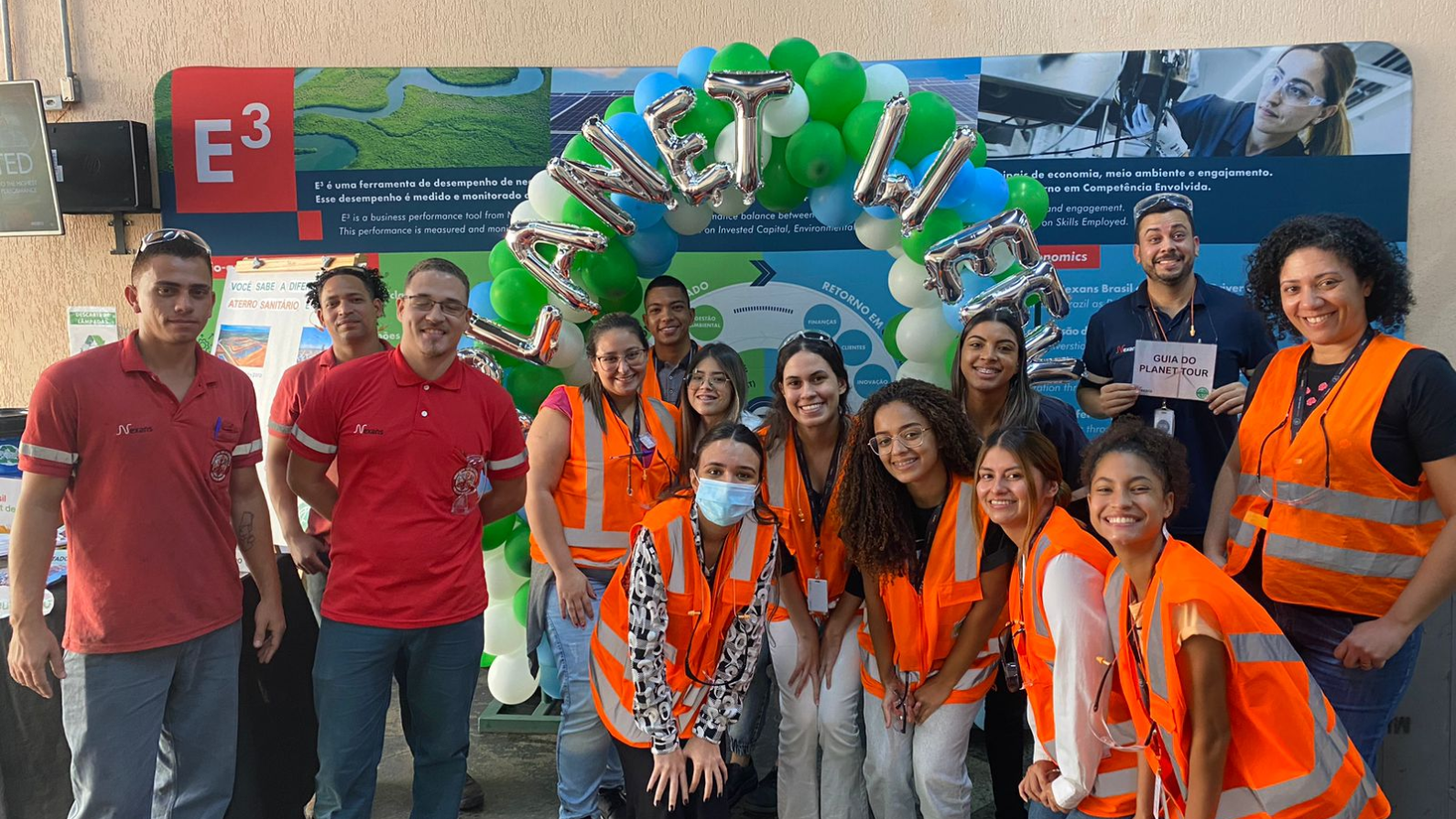- Markets
- Products
- Services and solutions
- About Nexans
- People and Carreer
- News
- Certificates and Documents
- Nexans Insights
- Search
- Contact us
- Compare
- Sign in
Drive employee commitment

Employee commitment is vital to achieving operating excellence and meeting the Group’s performance objectives. Nexans has launched a number of initiatives over the past several years to engage all its employees and reinforce their feeling of belonging. This approach features both worldwide programs and regional events.
Local events also take place regularly at sites to open our organization to families (Family Day) and customers at sharing events held at manufacturing units. Special focus is given to integration programs to teach people about the Group’s culture and enable new employees to network in their first months on the job.
Transformation
Transforming organizations and the professional practices of our staff while instilling a new managerial mindset to improve business, human resource and industrial performance requires engagement and commitment from a vast majority of employees.
An HR transformation program was implemented to bring together the ideal conditions for successfully leading this largescale transformation in Europe, by getting unions and employee representative bodies involved early on in the process. The primary objectives of the program are to encourage the majority of employees to embrace the changes needed and significantly boost their engagement. Helping people find ways of giving meaning to their work is a key component in this plan to deeply transform the Group’s professional practices and foster engagement and commitment throughout the organization. These five fundamental social and managerial drivers were developed to create an environment that promotes employee engagement, motivation and commitment:
- Workplace safety and well-being: Achieving zero accidents involving lost working time and creating conditions that promote performance through the quality of the work environment.
- Recognition: Implementing a system of recognition including material and immaterial rewards to drive employee motivation and commitment, and defining principles and rules perceived as objectives by most employees.
- Social climate: Eliminating social irritants through proactive management, increasing productivity and efficiency and reducing absenteeism.
- Managerial practices: Developing close, high-quality collective and interpersonal communication practices and boosting team performance through human empowerment.
- Sociodynamic management model: Making transformation an integral part of work methods by bringing about a collective work ethic and accelerating the rollout of “technical” transformation modules.
Several quantitative and qualitative indicators are used to measure the success of the social transformation program: Absenteeism rate, frequency rate, assessment of the social climate, workplace well-being, map of partners in labor dynamics, etc.
Social transformation is first and foremost a pragmatic and operational approach that involves unions and employee representative bodies early on in the process. They become active participants who come up with creative solutions to deploy the program at each site, contributing to understanding the social context, determining potential drivers and obstacles and adapting tools. These bodies act as stakeholders in the operational implementation of the program, participating in periodic assessments of the social climate and quality of working life and in determining and monitoring the action taken. By fostering interaction between the key players in the organization in these areas, we can develop the conditions needed to create a work environment in which everyone can identify ways to drive their own commitment and motivation.
Our websites
Select your country to find our products and solutions
-
Africa
- Africa
- Ghana
- Ivory Coast
- Morocco
- North West Africa
- Americas
- Asia
- Europe
- Oceania